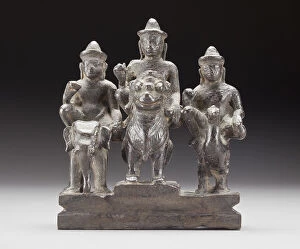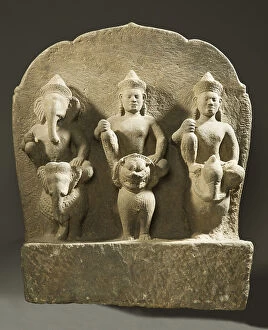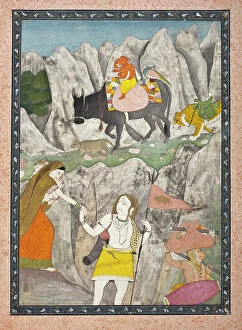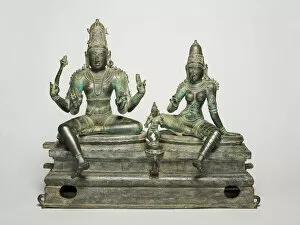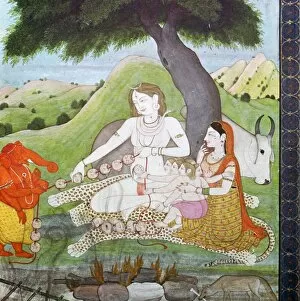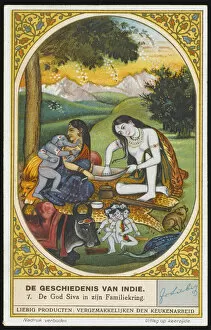Skanda Collection
Skanda, also known as Kartikeya or Murugan, is a powerful and revered deity in Hindu mythology
For sale as Licensed Images
Choose your image, Select your licence and Download the media
Skanda, also known as Kartikeya or Murugan, is a powerful and revered deity in Hindu mythology. As the god of war and victory, he is often depicted riding a peacock and wielding a spear to defeat evil forces, and is seen as the embodiment of youth, beauty, and wisdom. Devotees seek his blessings for courage, strength, and protection against enemies. Many temples dedicated to him can be found across India and Southeast Asia, where elaborate rituals are performed to honor his divine presence. Legend has it that Skanda was born from the combined energy of Shiva and Parvati in order to vanquish the demon Tarakasura. His six heads symbolize his mastery over the five senses plus the mind, making him an ideal role model for those seeking spiritual enlightenment. Whether you worship Skanda for his martial prowess or seek his guidance in overcoming obstacles in life, one thing is certain - this ancient deity continues to inspire devotion and reverence among millions around the world.

